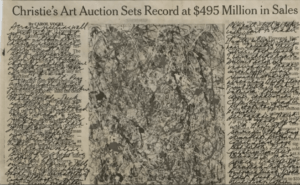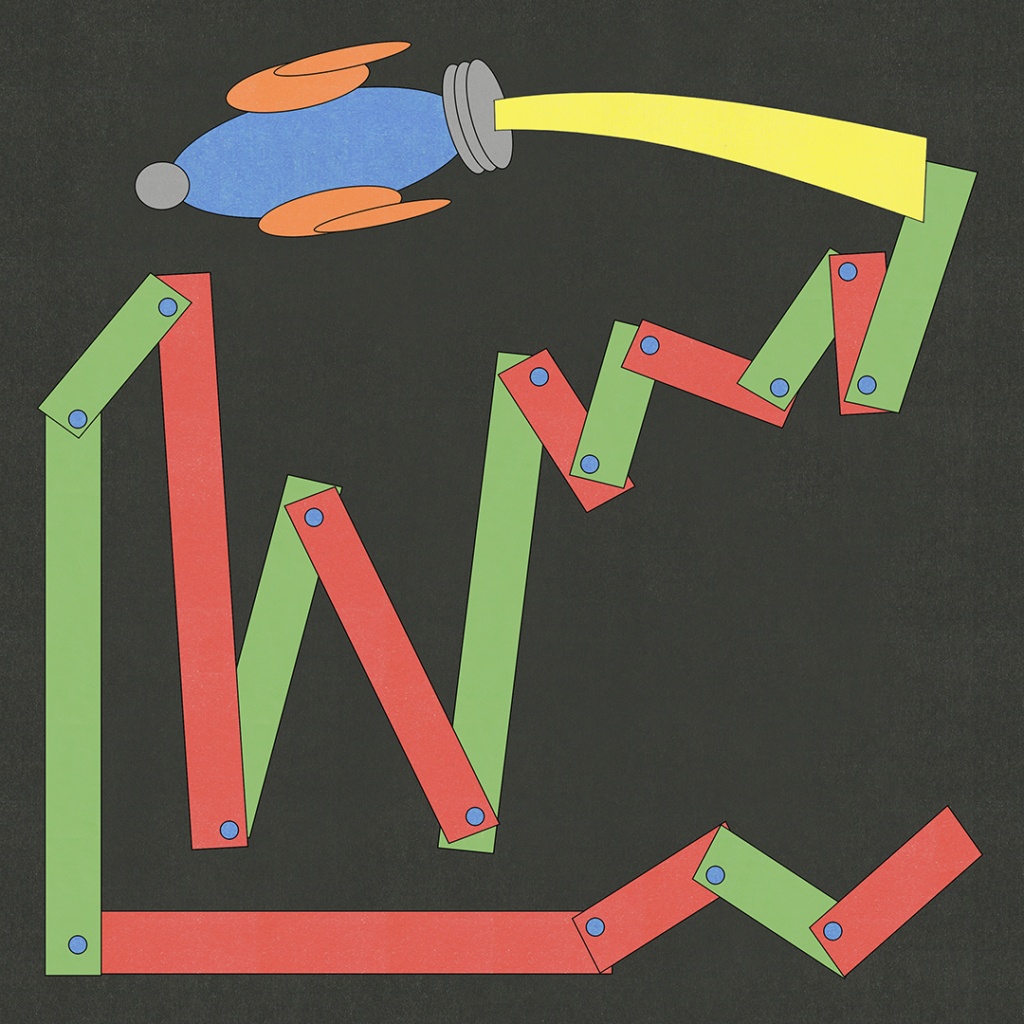Real Life is taking a week off. In the meantime we’ve brought together a few of our recent articles on what we are calling “meme finance.” These articles address how social media dynamics have combined with speculative markets to raise the profile of new kinds of financial instruments, like NFTs and cryptocurrencies, as well as bring a new cultural emphasis on financial speculation as a form of entertainment. The result is a kind of literalization of the attention economy, in which memes are monetized (the “Charlie Bit My Finger” NFT, the “Leave Britney Alone” NFT) and would-be money itself is a meme (dogecoin). These phenomena can seem irrational, and are undeniably destructive, but they have become increasingly central to the internet’s interpenetration of everyday life.
Featuring:
“Play to Lose,” by Emilie Reed
NFTs and meme stocks are contributing to the financialization of the self

Phenomena like crypto, NFTs and meme stocks have been touted as a democratization of finance. But these practices are not foundational to a sustainable and equitable society; they mainly offer a feeling of revenge to help compensate for the otherwise helpless feeling of being financialized against one’s will.
“Paid In Full,” by Drew Austin
The emerging dream of an internet where every interaction is a financial transaction

Some predicted that the internet would undo intellectual property, but it has allowed for everything to become IP instead. Anything can become “content.” Web 2.0 — the “participatory web” of social media platforms and user-generated content — is being subsumed by Web3, an initiative to build blockchains and payment protocols into the internet’s fundamental architecture.
“Money For Nothing,” by Vicky Osterweil
The more complex crypto seems, the higher the pyramid schemes can go

NFTs are made to seem intricate and complicated, but they are merely a new manifestation of a very old form: the financial bubble. The crypto-driven machinery by which NFTs are supposed to acquire their value disguises the dispossession that all forms of capitalist accumulation entail.
“The Presence of the Original,” by Rob Horning
NFTs don’t restore “aura” — they obliterate it

The underlying effect of NFTs is to empty content of whatever it contains that makes it circulate and reduce it instead to a moment of property, an assertion of the self who owns it over its potential social significance. That is, NFTs make the social significance of any digital artifact the simple fact that it can be owned and valued.
From the archive:
“Unlimited Editions,” by Rob Arcand
Using blockchains to try to protect art just reduces it to currency

If art has any liberating potential beyond serving as a tax-dodging investment vehicle, its place on a blockchain seems only to amplify the art world’s existing inequalities, ensuring a select few well-connected artists see unimaginable profits while others remain walled off from the industry.
Thanks for visiting. Click here to see our growing archive of topics
Original illustration by Cynthia Alfonso
